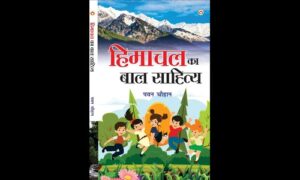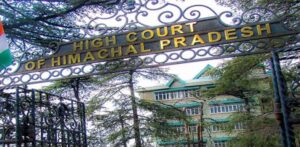Sundernagar writer Pawan Chauhan’s book enters all Himachal middle schools

Pawan Chauhan
- Himachal CM’s wife may get ministry if Congress follows this tradition for cabinet expansion - November 5, 2024
- Himachal High Court maintains stay on termination of 900 horticulture project employees - November 5, 2024
- Himachal weather: After month of drought-like conditions, rain likely on this day - November 5, 2024
Children’s Literature of Himachal’ sheds light on state’s culture, will be available in school libraries
MANDI: In a significant development for literature enthusiasts in Himachal Pradesh, local youth literary figure Pawan Chauhan’s latest book ‘Children’s Literature of Himachal’ has made its way to the libraries of over 1,900 middle schools across the state.
The initiative, aimed at fostering a love for reading among students, highlights the rich literary tradition of Himachal Pradesh. Pawan, hailing from Mahadev village in Sundernagar sub-division of Mandi district, has garnered praise for his efforts to introduce young readers to the diverse world of literature.

Published by Delhi company
‘Children’s Literature of Himachal’ offers a comprehensive look at the state’s literary heritage, featuring biographies and works of prominent children’s literature writers from the region. Published by ‘Diamond Pocket Books’ in New Delhi, this initiative forms part of a broader educational endeavor to enrich the curriculum with culturally relevant content.
Through the inclusion of literature from Himachal Pradesh and beyond, students were exposed to a wide range of perspectives and storytelling styles, said Pawan.
Write on why it should be read
Expressing his enthusiasm for the project, Pawan remarked, “I am delighted that students across Himachal Pradesh will have access to our state’s rich literary legacy. This initiative represents a step towards fostering a lifelong love for reading and learning. The inclusion of ‘Children’s Literature of Himachal’ in school libraries underscores the importance of incorporating local culture and heritage into the educational curriculum. By engaging with literature that reflects their own experiences, students can develop a deeper appreciation for their cultural identity.”




